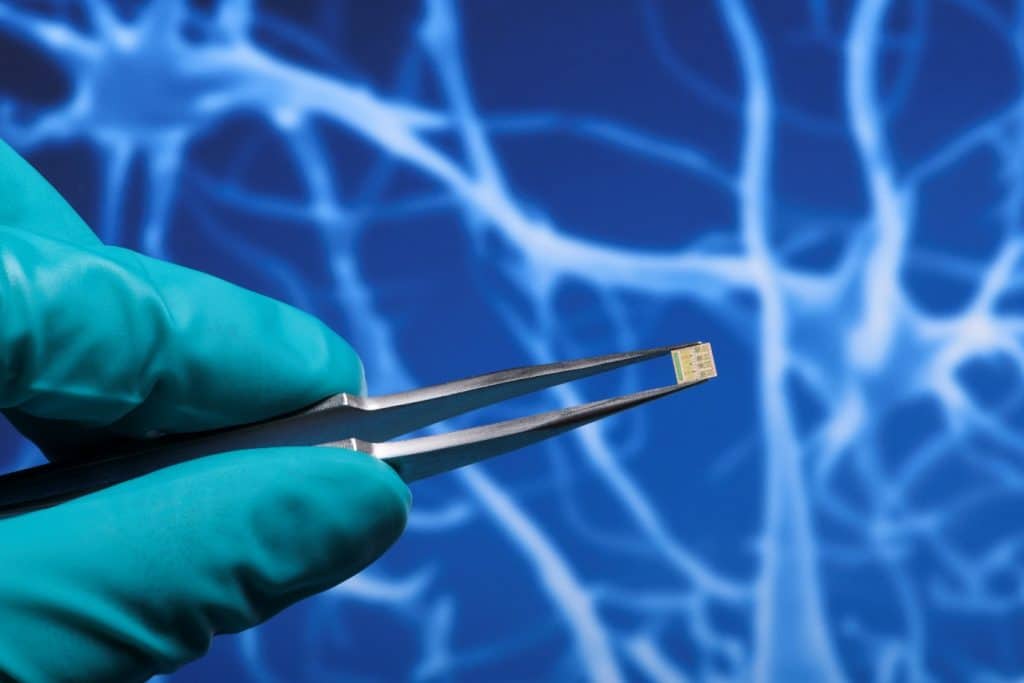Imec, a world-leading research and innovation hub in nanoelectronics and digital technologies, and the Feinstein Institutes for Medical Research introduce a novel method for activating neural tissue using intermittent interferential current stimulation (i²CS). The method, detailed in Nature Communications, offers more precise and energy-efficient control over neural activation, reducing side effects and enhancing stimulation efficacy. This unlocks novel therapy possibilities for chronic diseases, such as vagus nerve stimulation for the treatment of depression and rheumatoid artritis.
The vagus nerve is a crucial component of our autonomic nervous system. Originating in the brainstem and extending through the neck, chest, and abdomen, it regulates essential processes of the autonomous nervous system such as heart rate, digestion, and respiratory rate. By leveraging the vagus nerve’s ability to interface between vital organs and the brain, clinical treatment can harness the body’s natural mechanisms for maintaining balance and health. However, traditional vagus nerve stimulation (VNS) methods, currently used for treating conditions such as epilepsy and depression, lack the precision needed to target organ-specific fibers within the nerve; gaining precision over which fibers are stimulated could open possibilities for new therapeutic targets for VNS and reduce some undesirable side effects of VNS, such as neck pain or voice changes.
Based on intermittent interferential current stimulation (i²CS), imec developed an ASIC to enhance control over the activation of the vagus nerve. Cuffs around the nerve are used to deliver slightly different sinusoidal stimuli, creating a specific activation pattern. This pattern allows for more localized activation and improved control of the organ-specific fibers within the vagus nerve, significantly reducing the activation of non-targeted fibers and thus minimizing side effects in other organs. These effects were indeed observed when investigators from the Translational Neurophysiology Lab, led by Stavros Zanos, associate professor at Feinstein Institutes for Medical Research, in collaboration with imec, applied i²CS on the vagus nerve in large animal trials.
“Although interferential stimulation has been studied for modulating brain activity, this is the first detailed exploration of intermittent interferential stimulation in peripheral nerves, and in particular in the vagus nerve. Using intermittent, instead of continuous, stimulation resulted in improved control, but also makes the process more energy-efficient, easier to integrate into implants, and allows simultaneous neural activity recording and stimulation, facilitating closed-loop applications,” explains Nicolò Rossetti, a senior researcher at imec.
The next steps include enhancing and optimizing this new stimulation method, beyond the vagal nerve, and providing the technology building blocks needed to create a neuromodulation implant. “We have designed an ASIC specifically to support i²CS and novel complex stimulation paradigms. Our plan is to integrate the chip into a system that will enable companies and startups to develop next-generation implantable devices,” concluded Vojkan Mihajlovic, principal member of technical staff at imec.
The findings are described in full in the article ‘Control of spatiotemporal activation of organ-specific fibers in the swine vagus nerve by intermittent interferential current stimulation’, in Nature Communications.
